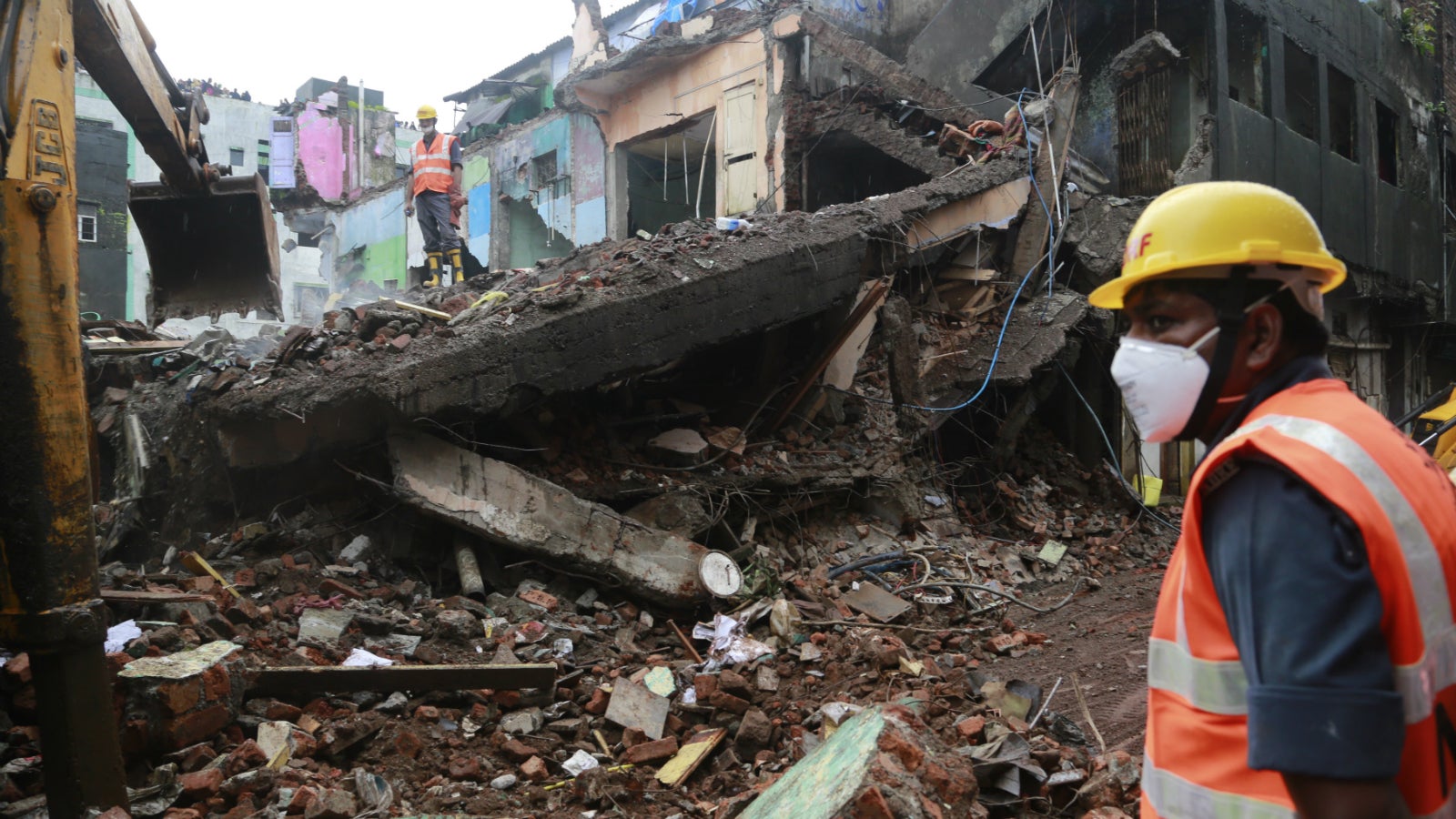In India, collapsing homes are deadlier than floods
On Aug. 06, as heavy rains lashed the city of Mumbai, eight persons were crushed under their own collapsing homes.


On Aug. 06, as heavy rains lashed the city of Mumbai, eight persons were crushed under their own collapsing homes.
The dilapidated building they lived in was categorised as “most dangerous” by local authorities, but the residents refused to vacate despite the warnings.
This was the latest in a series of deadly building collapses in the western Indian state of Maharashtra over the years. In the last two weeks alone, a colonial-era bridge got washed away in floodwaters in the town of Mahad, killing 22 people, while another Mumbai residential complex collapsed, killing eight persons.
Between 2010 and 2015, up to 1,366 incidents of house collapsing were reported from Mumbai alone. In 2013, the city saw 74 people die when a seven-storey building tumbled.
“Under un-natural accidents, Mumbai city has (the) highest number of incidents of ‘collapse of structure (building)’ (118 cases), which accounted for 50% and 55.8% injured and deaths respectively among 53 mega cities,” India’s National Crime Records Bureau (NCRB) data for 2013 show (pdf).
This year, the Mumbai municipal authority sent notices to 737 buildings listed as dangerous and susceptible to collapse.
But it isn’t just Mumbai.
Collapsing structures during monsoon are a regular feature in Asia’s third-largest economy where shoddy construction—often illegal—and poor maintenance of old buildings, are rampant.
Between 2010 and 2014, a total of 13,473 cases of structural collapse were reported across India, which led to the deaths of some 13,178 people, according to NCRB. Of this, 4,914 died when residential buildings collapsed, while 1,614 were crushed under commercial buildings.
However, the real danger comes from other structures, like flyovers, which have killed a little over 6,200 people during the period. In April, at least 21 people died in Kolkata after a section of a flyover under construction toppled.
Put together, the total death toll from these man-made disasters is much more than those in natural calamities such as floods, which killed nearly 2,500 people between 2010 and 2014.